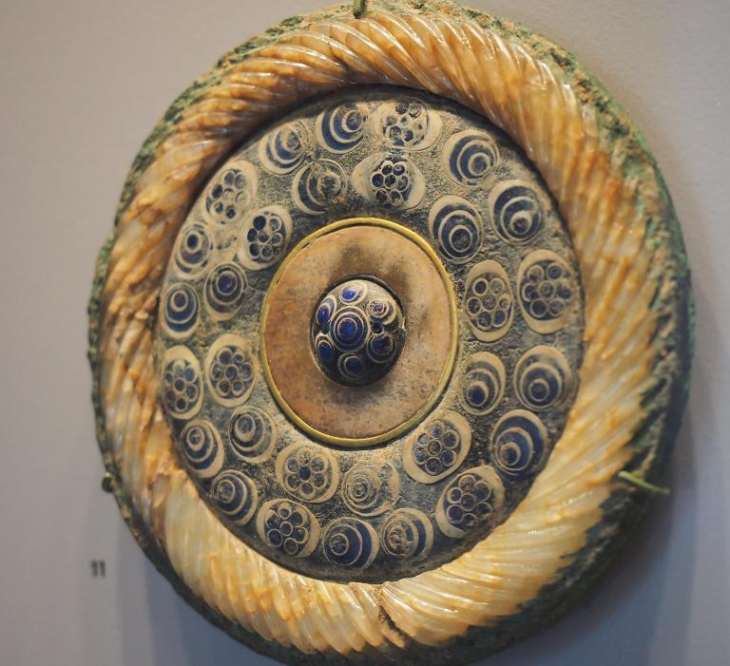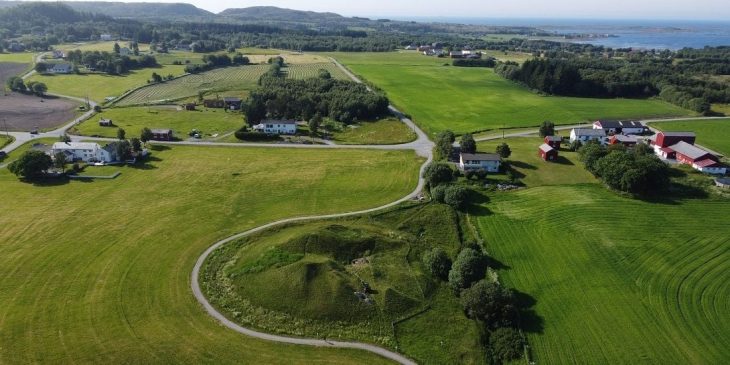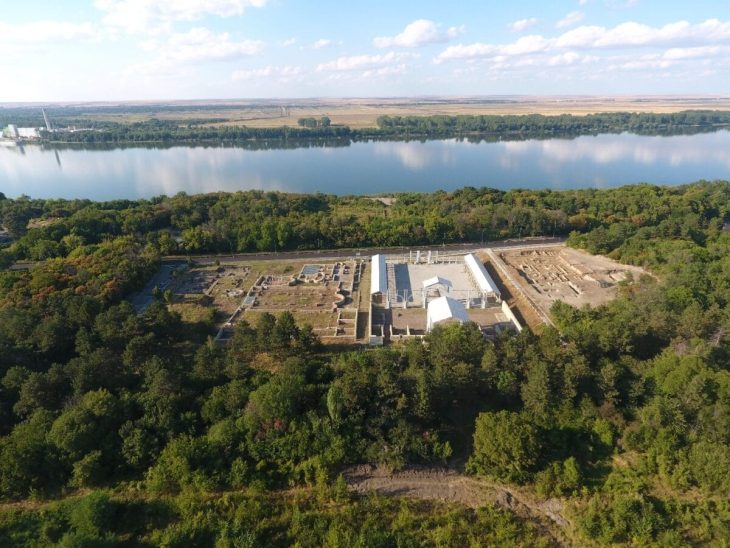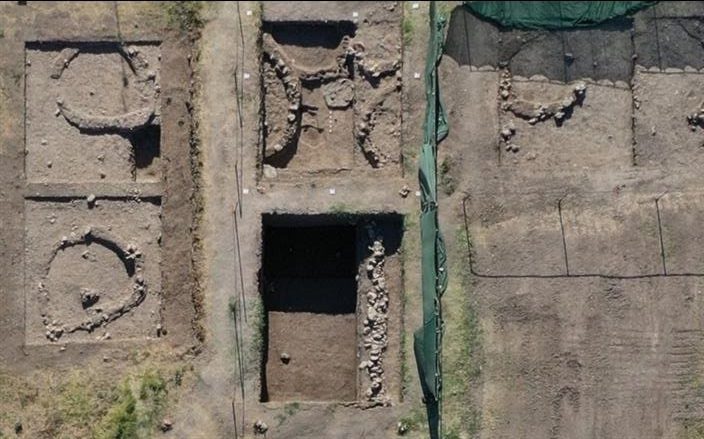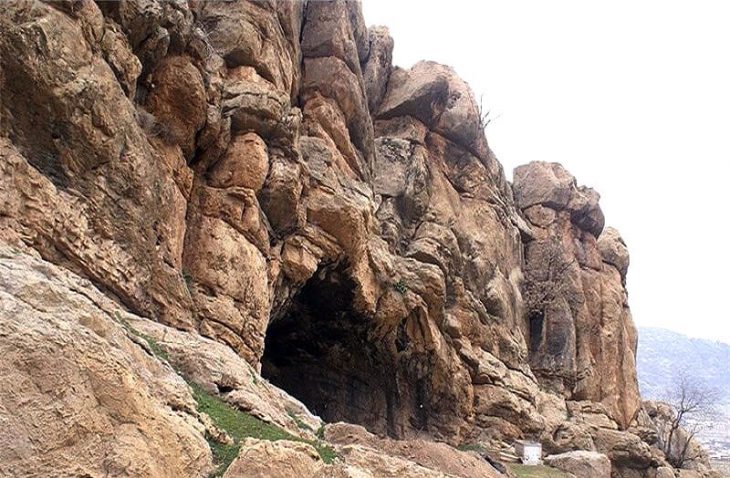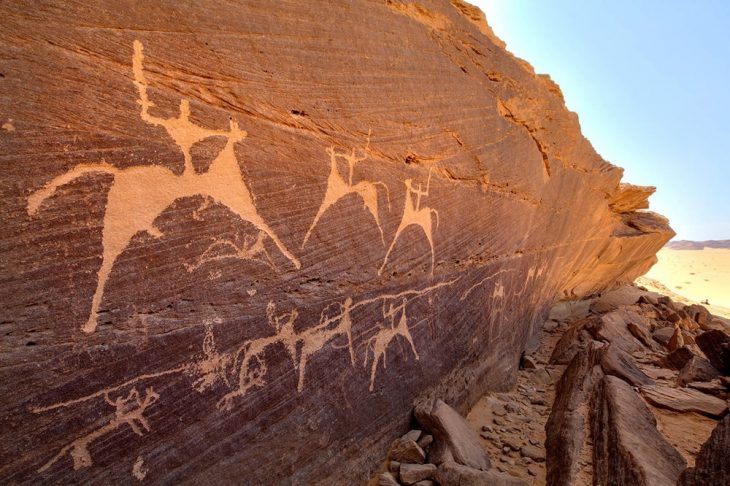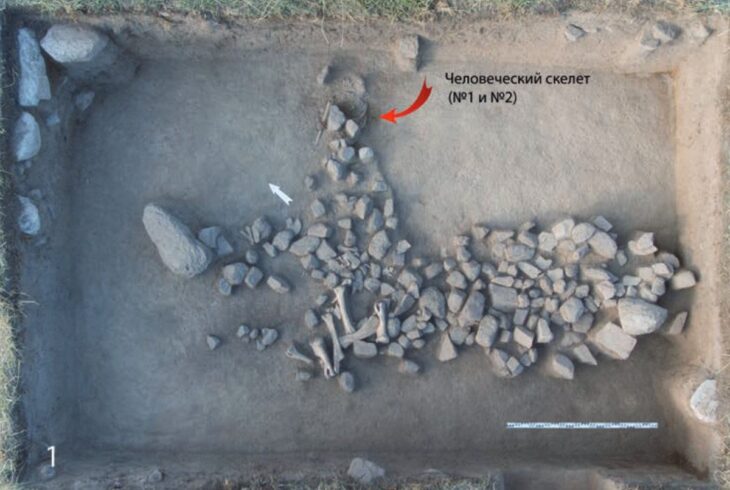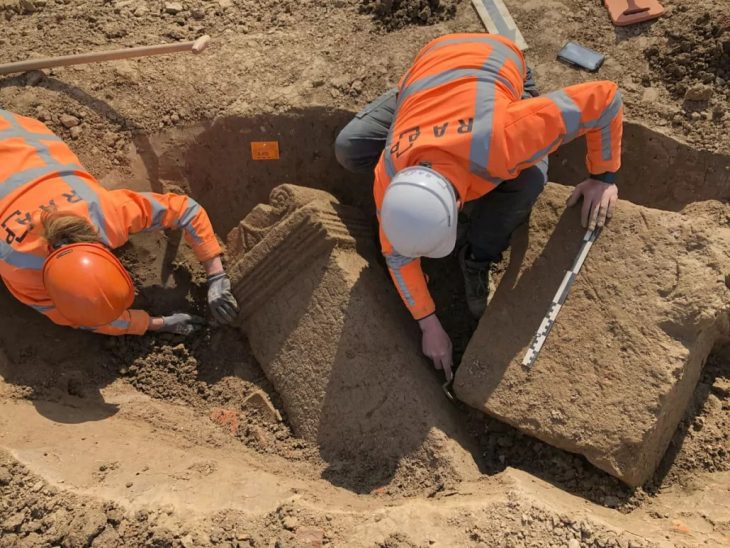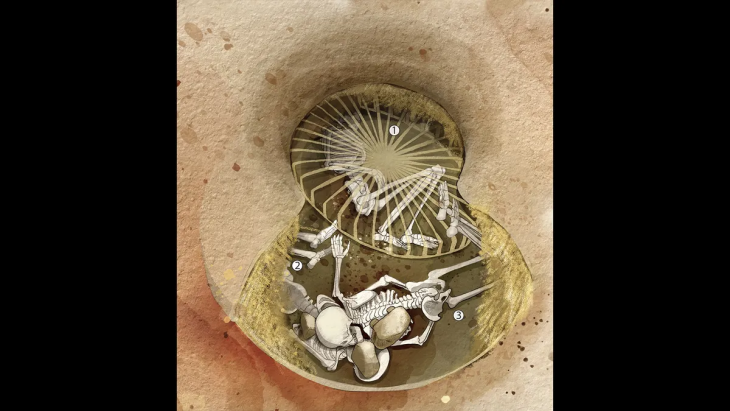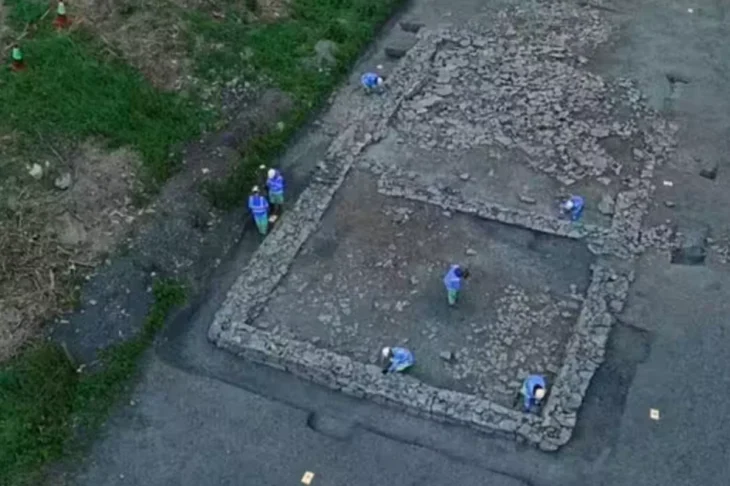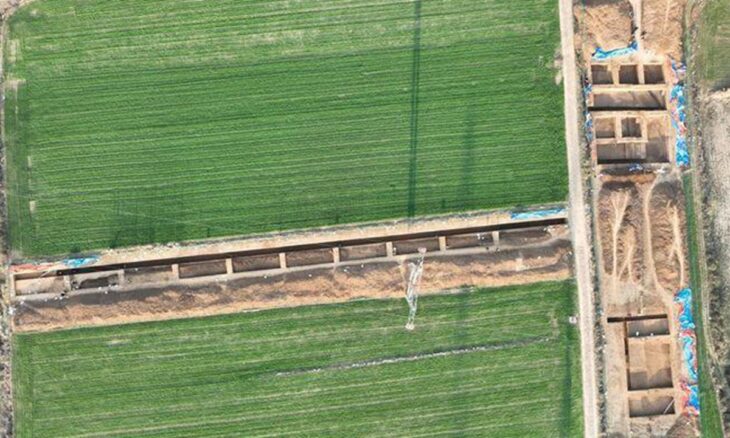Archaeologists from the Norwegian Institute for Cultural Heritage Studies (NIKU) have unearthed two objects inscribed in Norse runic text in Oslo’s Medieval Park ‘Middelalderparken’, located in the southern part of what was once the medieval city of Oslo.
Researchers discovered a bone, one inscribed in Norse, and the other a piece of wood with inscriptions on three sides, but written in both Scandinavian and Latin.
Kristel Zilmer, professor of writing culture (runology) and iconography at UiO, both studied the finds and gave some initial interpretations of the text.
“These are two interesting discoveries that expand our knowledge of runic knowledge, writing, and language use in medieval cities,” she says.
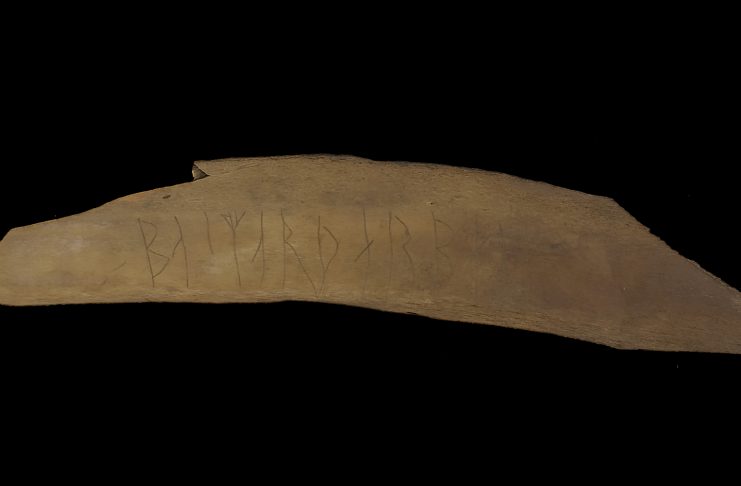
Although the piece of wood is partially damaged, Zilmer identified “manus Domine / i” in Latin and the female name “Bryngjerd, er det / som det…” in Norse. The wood also has eight small signs that can make sense as both a statement in Latin or a continuation in Norse, which is possibly the phrase “It is true”.
📣 Our WhatsApp channel is now LIVE! Stay up-to-date with the latest news and updates, just click here to follow us on WhatsApp and never miss a thing!!
Manus means “hand” and Dominus “lord, God”, which could be part of a Latin prayer “In manus tuas, Domine, commendo spiritum meum. Redemisti me Domine, Deus veritatis”, meaning “Into your hands, O Lord, I commend my spirit. You have redeemed me, O Lord, O God of truth”.
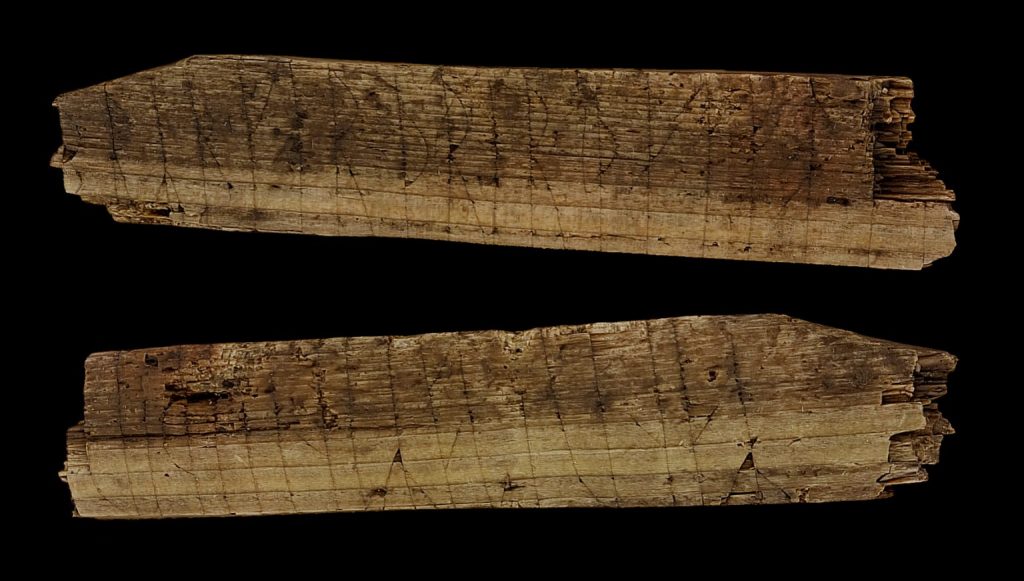
A bone that comes from a large domestic animal such as a horse or a cow has thirteen clear runes on one side and one faint rune with an inscription on the other. The discovered bone is the first runic bone found in Oslo in over thirty years and either refers to a personal name or nickname in the inscription “basmarþærbæin” or simply describes the artifact using the four final bæin (Norse bone) runes which refer to the bone itself.
Osteological examinations can answer whether the bone came from a horse, cow, or sheep.
“Finding runes was at the top of my wish list for this dig,” says Solveig Thorkildsen, who found the rune bone.
This is the first rune bone found in Oslo in over three decades. In total, only 27 runic letters were found in the capital.


